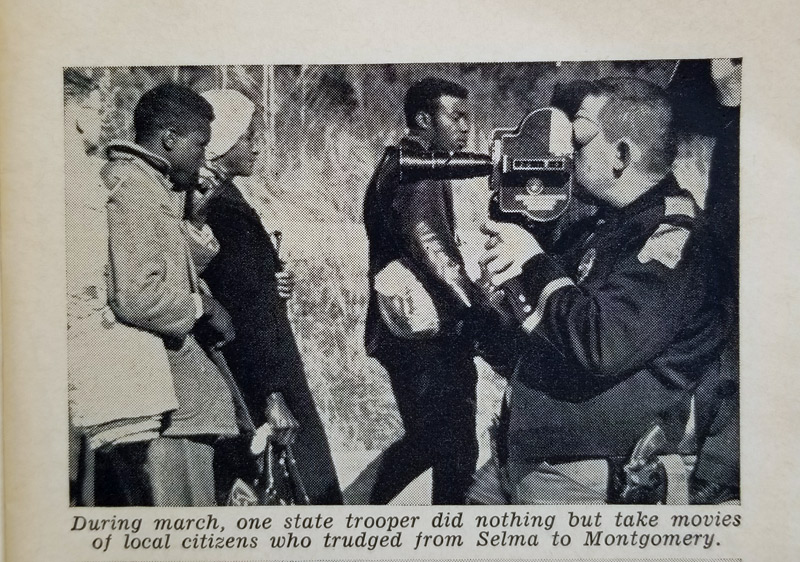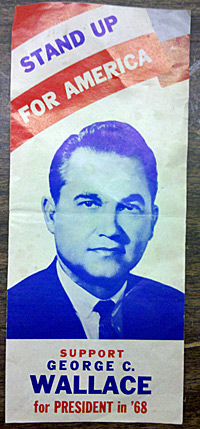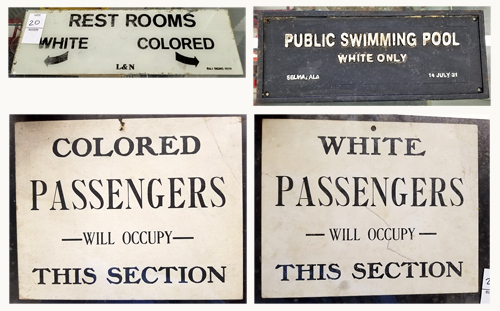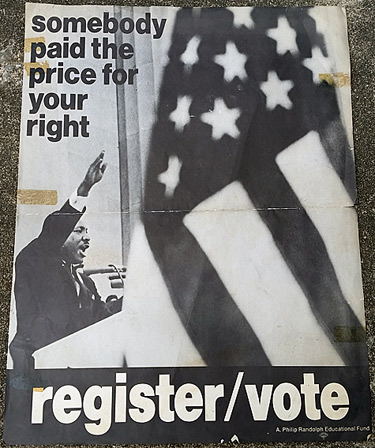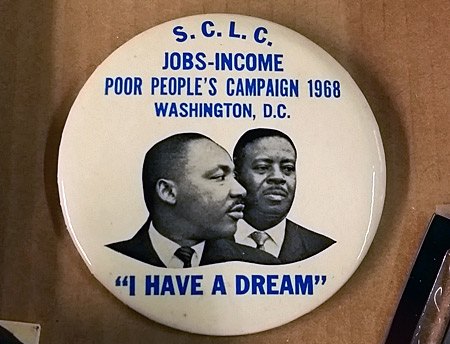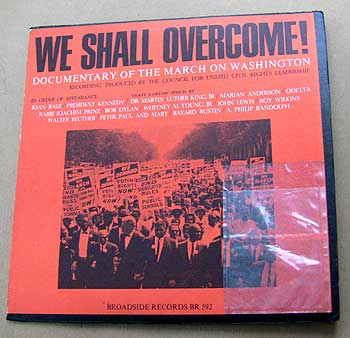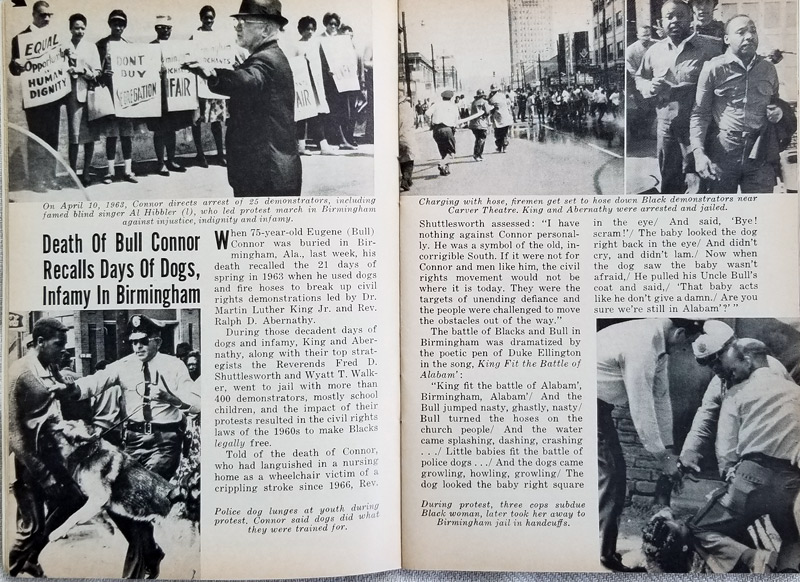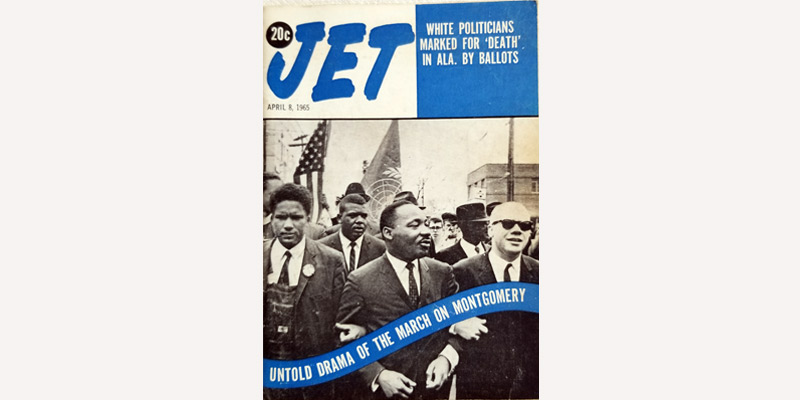You cannot understand the greatness of John Lewis unless you know the struggles that he and other civil rights activists endured during the 1960s. He was in his 20s when he bravely marched and protested against a system that was both intractable and seemingly insurmountable.
As I considered his contributions, I turned to some of the items I picked up or encountered at auction that defined and showcased the lives of African Americans during that period. One was an April 8, 1965, copy of Jet magazine that focused on a voting rights march from Selma to Montgomery, AL.
The magazine recorded that history through stories and photos, noting that President Johnson had ordered federal troops to protect the marchers this time around. On their first march through Alabama on March 7, the demonstrators, with Lewis out front, faced down Alabama troopers and local police, and were savagely beaten. It became known as “Bloody Sunday.”
They were headed to the state capitol to confront Gov. George Wallace, who had told troopers to stop the march “by whatever means are necessary.”
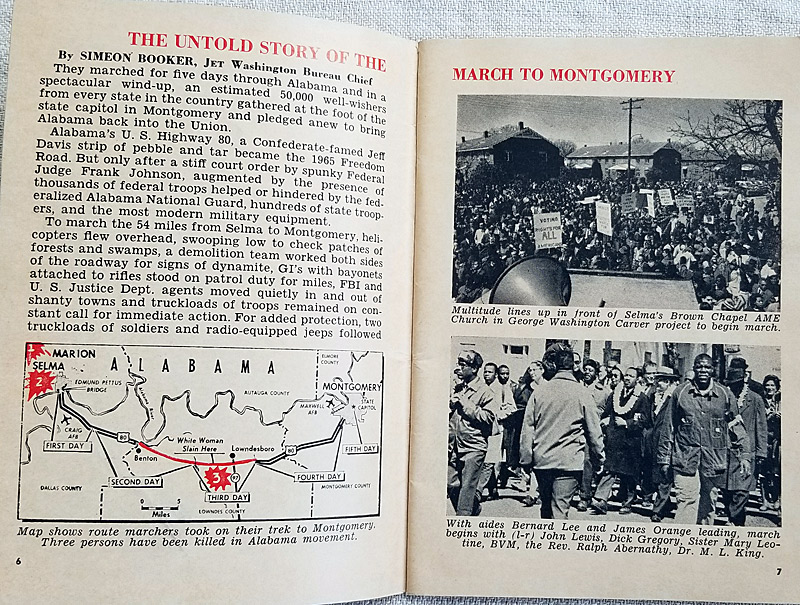
“You know, sometimes when I see still photographs of the video of what happened, it’s still hard and difficult for me to believe sometimes that it really did happen,” Lewis said in an NPR interview in 2010. “And I don’t quite understand it, how I – people could do what they did to us. We were American citizens – orderly, peacefully, we weren’t singing, we weren’t talking. And we were exercising our Constitutional rights.”
Here are photos of those courageous people:

